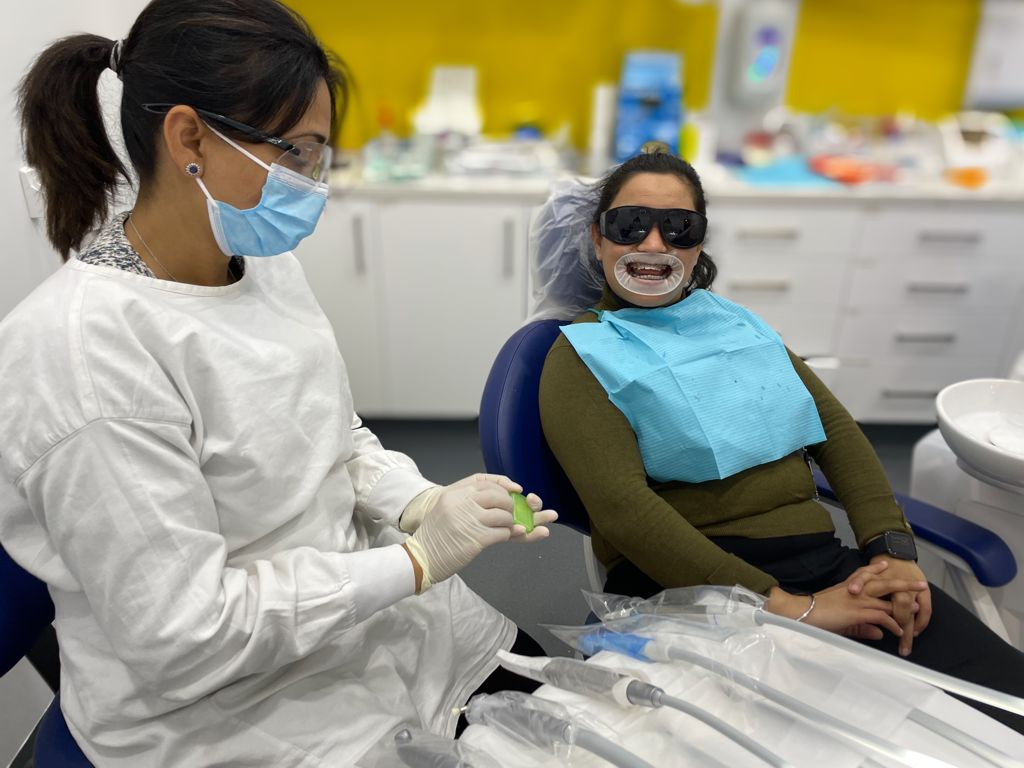Your oral hygiene must be excellent, as cleaning your teeth is much more difficult with a brace in place. Brushing your teeth after every snack and meal throughout the day will reduce the risk of decay and gum disease. In addition, it takes longer to brush your teeth in the morning and at night. Ask your dentist which is the best type of toothbrush for cleaning braces. If you do not look after your teeth during treatment, they can become permanently stained.
Expert Orthodontist in Melbourne – A Perfect Smile
At Lincoln Dental, we specialise in providing top-notch orthodontic care in Melbourne, helping patients achieve straight teeth and confident smiles. Our experienced Orthodontic Specialists use advanced techniques and cutting-edge technology to provide personalized treatment plans tailored to your unique dental needs. Whether you’re dealing with crooked teeth, bite issues, or jaw alignment concerns, our expert team ensures you receive the best care in a friendly and comfortable environment. From traditional braces to modern clear aligners, we offer comprehensive solutions to suit your lifestyle and preferences.
Transform your smile with Lincoln Dental, where precision meets compassion. Book your consultation today and take the first step towards a healthier, more attractive smile.
What are dental braces?
Dental braces are orthodontic devices designed to correct misaligned teeth and jaw issues, improving oral health and aesthetics. They apply consistent, gentle pressure over time to move teeth into their desired positions gradually.
These treatments enhance your smile and prevent oral health issues such as tooth decay, gum disease, and jaw strain caused by misaligned teeth.
Orthodontic braces are either fixed or removable.
- Fixed braces consist of brackets and bands that are cemented (glued) to your teeth and hold flexible wires in place. These wires exert pressure on your teeth, gently moving them into their correct position throughout your treatment.
- Removable braces can be taken in and out of the mouth. They have delicate wires and springs attached, which move the teeth using gentle pressure. These are used for less complex cases or in conjunction with fixed Braces as part of a combined treatment.





